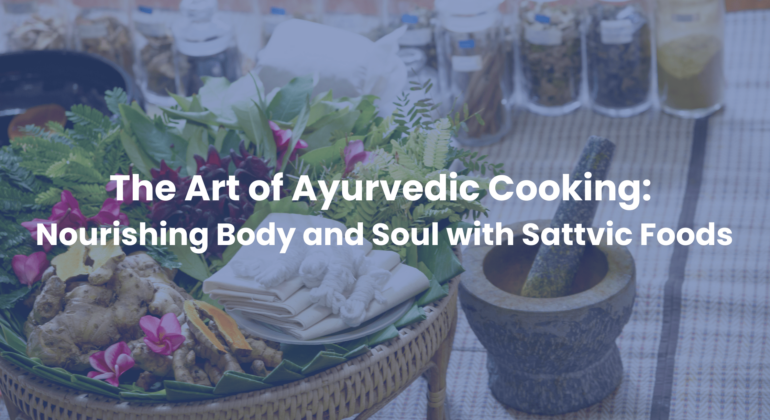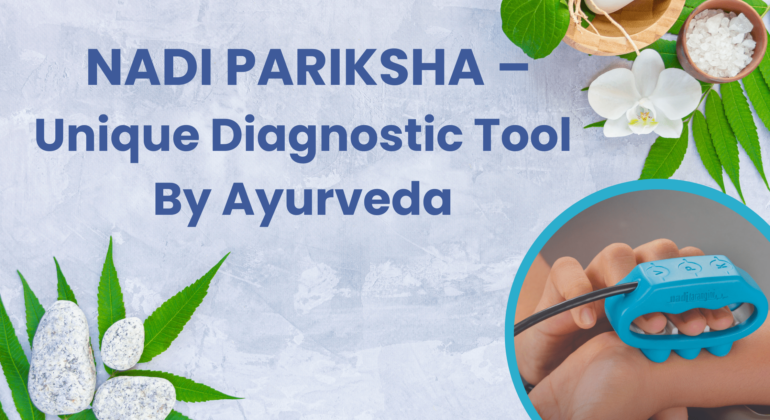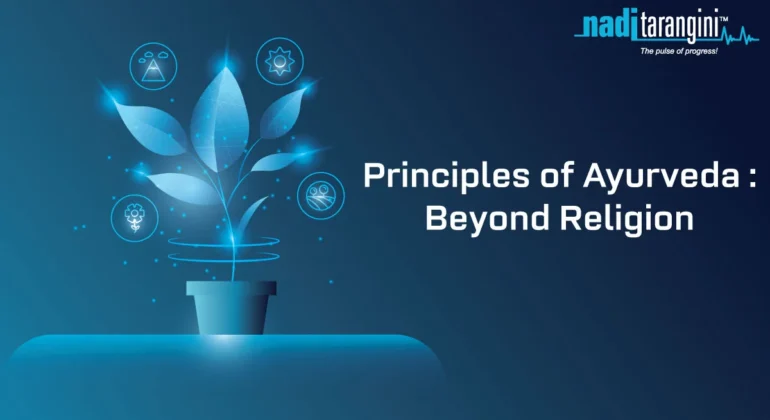Ayurvedic Practices for Emotional Well-being: Cultivating Harmony and Joy.
Have you ever feel frustrated, anxious and stress out during your work time ? Is this pressure affecting your personal life, social life and even relationship ? Research has shown that emotional intelligence is twice as important as technical skills or IQ when it comes …
The Ayurvedic Approach to Enhancing Immune Function: Strengthening the Body’s Defences.
“The immunity, vyadhi-kshamatva, is a strength within all of us that resists the causes of diseases and their aggressive tendencies.” – Chakrapani Datta : Charak samhita commentator We had learned many lessons during COVID-19 pandemic regarding health. The pandemic has challenged health care systems across …
Ayurvedic Strategies for Managing Chronic Pain: Finding Relief without Side Effects.
Almost everyone has experienced some type of pain in their lives. Acute pain is a protective response to tissue injury that typically resolves with the healing process and lasts less than three months. However, for one in five people around the world, their pain persists …
Ayurvedic Insights into Seasonal Wellness: Adapting Your Routine for Optimal Health.
Some observations related to season wise outburst of diseases. Common cold and flu are most common during the fluctuations in weather. Peak time generally occurs between late December and early March in most parts. Arthritis, skin diseases (eczema & psoriasis), flare up in winter. Children …
Ayurvedic Perspectives on Heart Health: Supporting cardiovascular wellness Naturally.
A boy with age 28 years collapsed due to cardiac arrest during trekking. He recovered well after hospitalization and due to crucial help by surrounding people at that moment. Your brain is not having enough oxygen supply that is why you are facing problems related …
Ayurveda and Stress Relief: Holistic Techniques for Relaxation and Resilience.
As per the study, every third person in India is grappling with stress. The report said that 77% of Indians experience at least one symptom of stress regularly. Survey of more than 5,000 employees in India found that professionals between ages 21 and 30 years …
The Art of Ayurvedic Cooking: Nourishing Body and Soul with Sattvic Foods
Doctor! I am consuming salads and sprouts regularly at dinner time in the last 6 months for achieving my target weight but now a days I am having some serious digestive issues which are not resolving. I am in doubt with my new diet plan. …
Ayurvedic Insights into Digestive Health: Healing the Gut with Ancient Wisdom.
All disease begins in the gut.’ Ayurveda said it thousands of years ago, and it’s one of the foundational principles of Ayurveda. Ayurveda texts have laid lot of importance on Agni i.e. digestive power or transformation forces. Agni in Sankrit means fire and is used …
Nadi Pariksha – Unique Diagnostic Tool By Ayurveda
Ayurveda is well known for Nadi Pariksha and classical texts have emphasized its significance in assessment of Tridoshik imbalances within the body which are the basis of various diseases in the body. It can accurately diagnose physical, mental and emotional imbalances as well as diseases. …
Principles of Ayurveda: Beyond Religion
Ayurveda’s beliefs and faiths – Ayurveda is an ancient medicinal system which had originated in India about 5000 years back. The word Ayurveda is a conjugation of two Sanskrit words ‘Ayu’, meaning ‘life’ and ‘veda’, meaning ‘science’, thus Ayurveda literally means the ‘science of life’.The …










